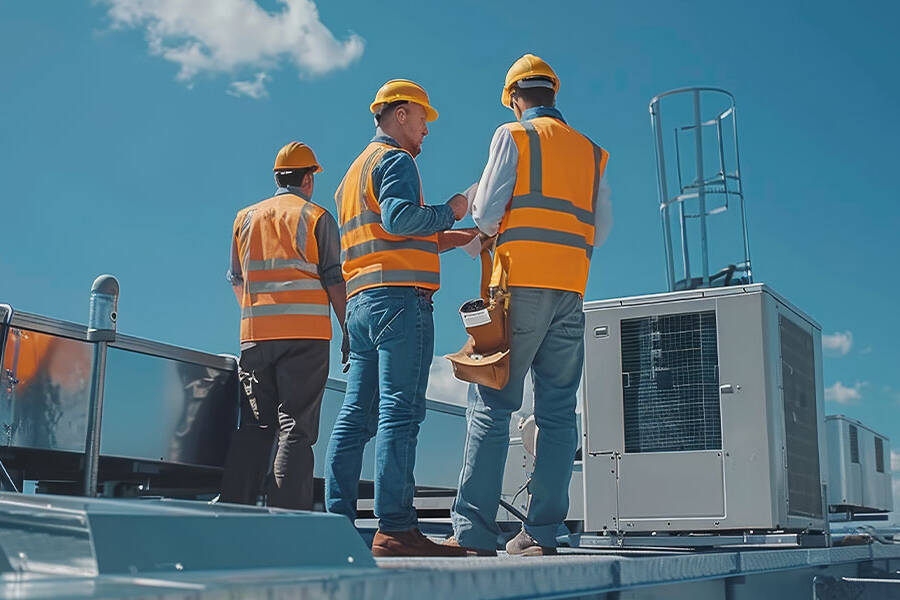Blog & News
Leveraging IoT To Monitor And Reduce Humidity
High humidity levels in multifamily buildings can pose significant challenges for both residents and property owners. However, advancements in technology have provided innovative solutions to effectively mitigate and control humidity in these environments.
One technology commonly used to combat high humidity is the installation of smart thermostats and HVAC systems. These systems can monitor and regulate humidity levels automatically, ensuring optimal conditions throughout the building. Smart thermostats can adjust temperature and humidity settings based on occupancy patterns, outdoor weather conditions, and individual preferences. By integrating humidity sensors into HVAC systems, these technologies can effectively control the moisture content in the air and prevent it from reaching undesirable levels.
Another technology that has gained popularity is the use of energy recovery ventilation (ERV) systems. ERV systems exchange heat and moisture between the incoming and outgoing air, ensuring a balanced and controlled indoor environment. These systems recover moisture from the outgoing air and transfer it to the incoming air, effectively reducing excess humidity. By recovering energy in the process, ERV systems also contribute to energy efficiency in multifamily buildings.
Dehumidification systems have also evolved with technological advancements. High-capacity dehumidifiers can effectively remove excess moisture from the air, maintaining comfortable and healthy humidity levels. These systems often include smart features such as automated controls, humidity sensors, and remote monitoring capabilities. They can be integrated into the building’s HVAC system or installed as standalone units in specific areas with high humidity, such as basements or laundry rooms.
Moreover, building automation and management systems are being utilized to monitor and control humidity levels in properties. These systems provide centralized control and real-time data analysis, allowing property managers to identify areas with high humidity and take proactive measures. By integrating humidity sensors, data loggers, and predictive analytics, these systems can optimize ventilation, cooling, and dehumidification strategies to prevent excessive moisture buildup.
In conclusion, technology is revolutionizing the way high humidity is mitigated in properties. From smart thermostats and HVAC systems to energy recovery ventilation, dehumidification systems, and building automation, these technologies provide efficient and effective solutions. By utilizing these advancements, property owners can create comfortable and healthy living environments, while residents can enjoy improved indoor air quality and reduced risks associated with high humidity. Continued innovation in this field will further enhance the effectiveness of humidity control in buildings, contributing to better living conditions and sustainable property management.




